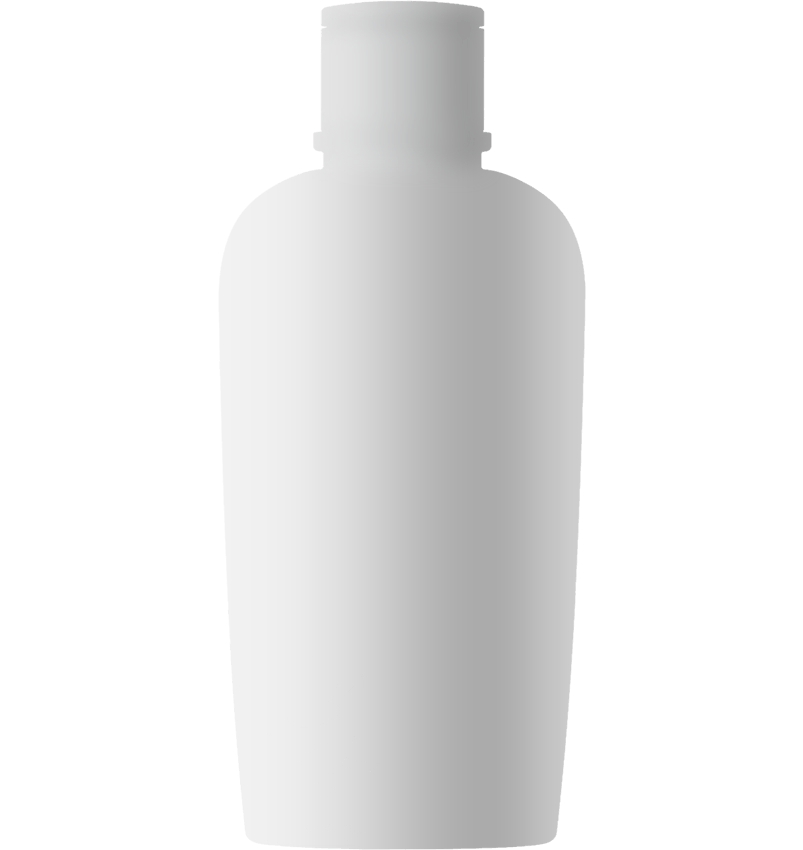Recovery and Patient Care Protocol
Immediate Post-Surgery Care
• Hospital stay requirement of 1-3 days
• Pain management through medication
• Early mobilization protocol
• Drainage tube management
• Compression garment application
Recovery Timeline
• Week 1-2: Focus on rest and gentle movement
• Weeks 3-4: Gradual return to light activities
• Weeks 4-6: Progressive increase in mobility
• Months 2-3: Return to most normal activities
• Months 6-12: Final results become visible
Technical Aspects and Planning
Preoperative Planning
• Detailed physical examination
• Comprehensive medical clearance
• Nutritional optimization
• Smoking cessation if applicable
• Medication adjustments
Combined Procedures
• Additional liposuction when needed
• Thigh lift integration possibilities
• Arm lift coordination when appropriate
• Breast surgery combination options
Long-Term Success Factors
Lifestyle Maintenance
• Stable weight maintenance
• Regular exercise routine
• Balanced nutrition
• Proper skin care
• Regular follow-up visits
Expected Outcomes
• Dramatic improvement in body contour
• Long-lasting results with proper maintenance
• Enhanced physical comfort
• Improved quality of life
• Better fitting clothing options
The 360 body lift represents a transformative solution for patients seeking comprehensive body contouring. Success depends on careful patient selection, meticulous surgical technique, and dedicated post-operative care. This procedure continues to demonstrate excellent outcomes in body contouring surgery, providing patients with life-changing results that enhance both their physical appearance and overall well-being.
Breast lift surgery is more than a cosmetic procedure; it is a life-enhancing experience. By combining artistic precision with advanced medical care, it empowers women to embrace their rejuvenated appearance with confidence and joy.





